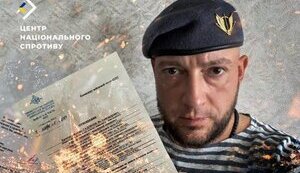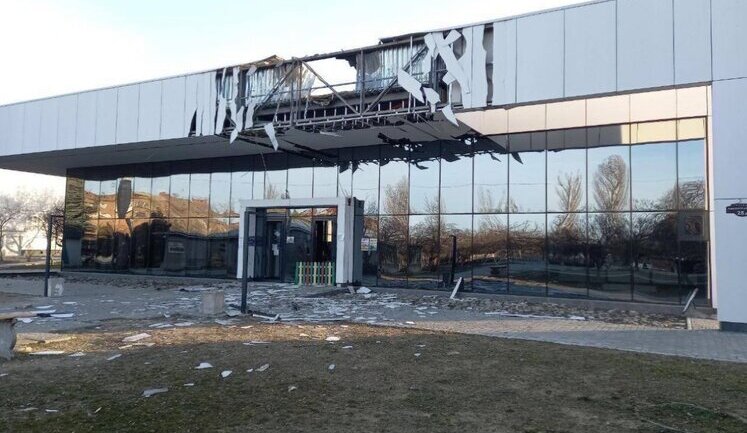In the temporarily occupied territories of Ukraine, numerous challenges are escalating, as reported by the National Resistance Centre (NRC). The fuel crisis poses a significant threat to the safety of the Zaporizhzhia Nuclear Power Plant (NPP), critically affecting its cooling systems that rely on diesel generators. Concurrently, the occupiers are intensifying military conscriptions, forcibly drafting local residents into the Russian army. Water scarcity is severe, with supply restricted to once every three days in regions like Donetsk. Additionally, mass housing seizures continue under deceptive legal pretenses, while educational institutions are increasingly being used for military and propagandistic purposes. The NRC highlights these pressing issues as part of a broader pattern of exploitation and control by occupying forces.
What impact does the fuel crisis have on Zaporizhzhia NPP?
The fuel crisis in the temporarily occupied territories endangers the operation of the Zaporizhzhia NPP. The plant relies on diesel generators for its cooling systems, and fuel shortages threaten its safety and functionality, potentially leading to severe environmental and safety risks in the region.
Why are water supplies limited in the Donetsk region?
In the occupied Donetsk region, water scarcity is a critical issue, with water supply limited to once every three days. This restriction results from damaged infrastructure and the occupiers' control over resources, significantly impacting the daily lives of residents and exacerbating humanitarian concerns.
What measures are occupiers using to draft residents?
The occupiers are implementing mass conscription efforts in the temporarily occupied territories, issuing summonses at checkpoints to forcibly draft residents into the Russian army. These measures demonstrate a coercive strategy to reinforce military ranks in conflict zones.
How are children affected in the occupied regions?
In the occupied territories, children are drawn into military and propaganda activities. They are often exposed to coerced educational programs promoting Russian narratives, and in some cases, they participate in activities supporting military logistics, reflecting a troubling use of youth for political and military agendas.
What actions are being taken against housing in Luhansk?
In the temporarily occupied Luhansk region, there is a reported surge in housing evictions under fake "laws." The Russian administration is systematically seizing properties, effectively dispossessing local residents and further entrenching control over occupied areas, worsening the humanitarian plight.
What are the implications of recent mobilization activities?
Recent mobilization activities involve a strategic escalation by the occupiers in the occupied territories, as they reinforce forces with local residents. This forced mobilization increases tensions, disrupts communities, and intensifies resistance efforts in these regions, contributing to an already volatile security environment.
How is religious infrastructure being used in the occupied areas?
In the occupied Zaporizhzhia territories, the building of Russian Orthodox Churches (ROC) has intensified. These structures serve not only religious purposes but are also used as tools of propaganda to impose Russian cultural influence and justify the presence and actions of the occupiers, complicating cultural dynamics.
Are educational facilities being militarized in occupied Ukraine?
Yes, educational facilities in occupied regions are increasingly militarized, with reports of schoolchildren being involved in military and propaganda activities. This includes collecting supplies for troops and participation in militarized training, highlighting a disturbing trend of involving youth in conflict-related agendas.


























































